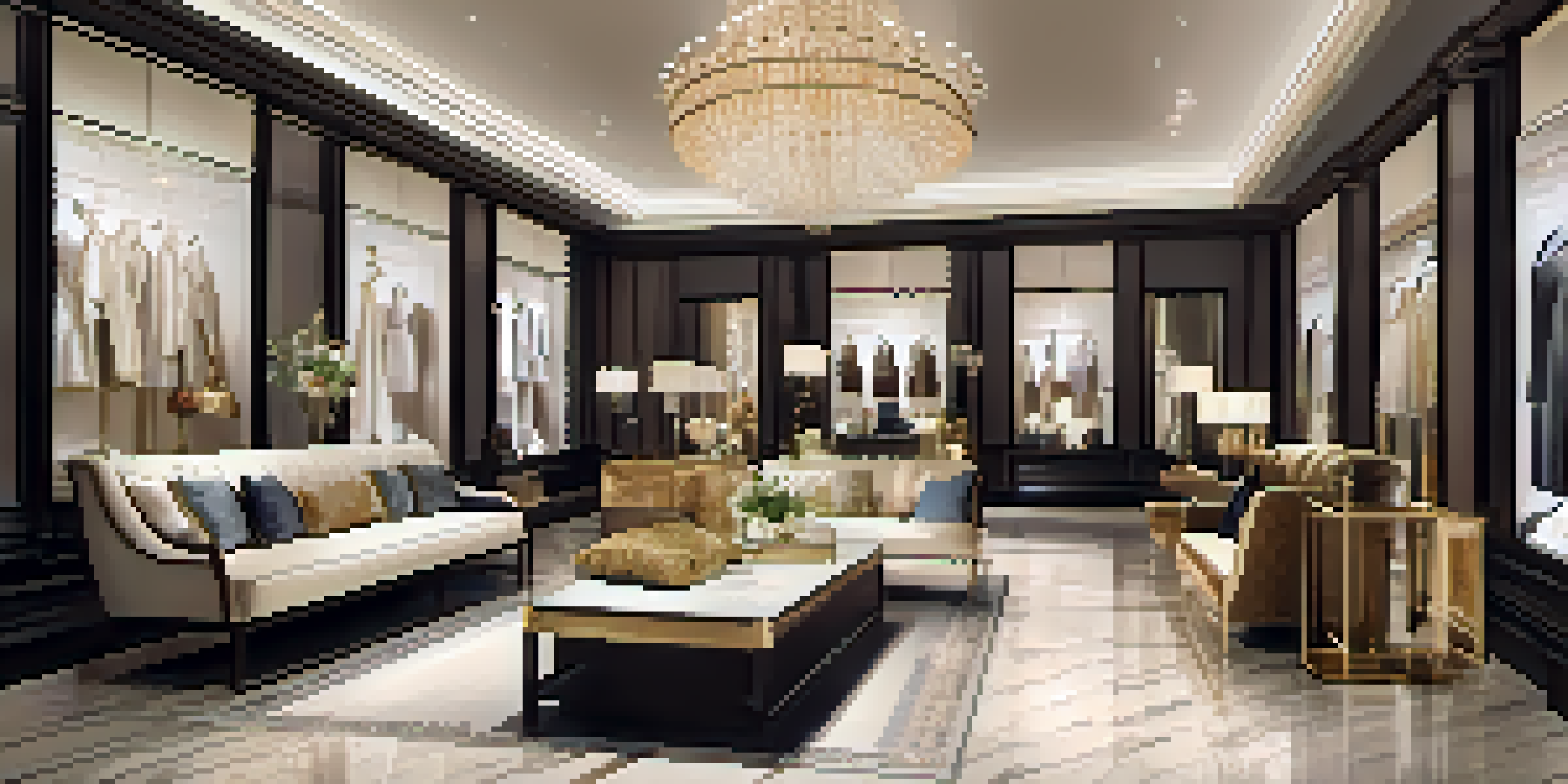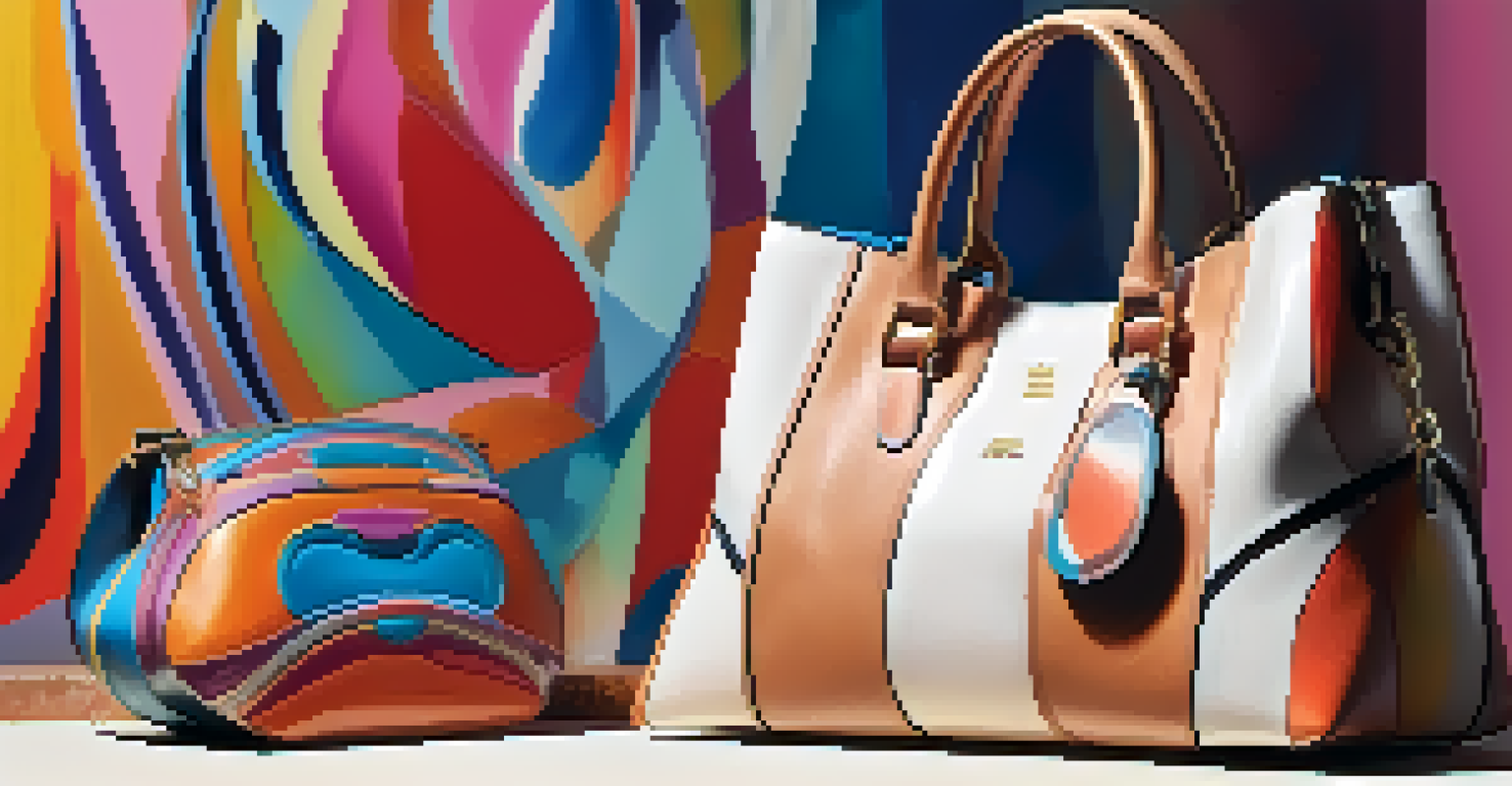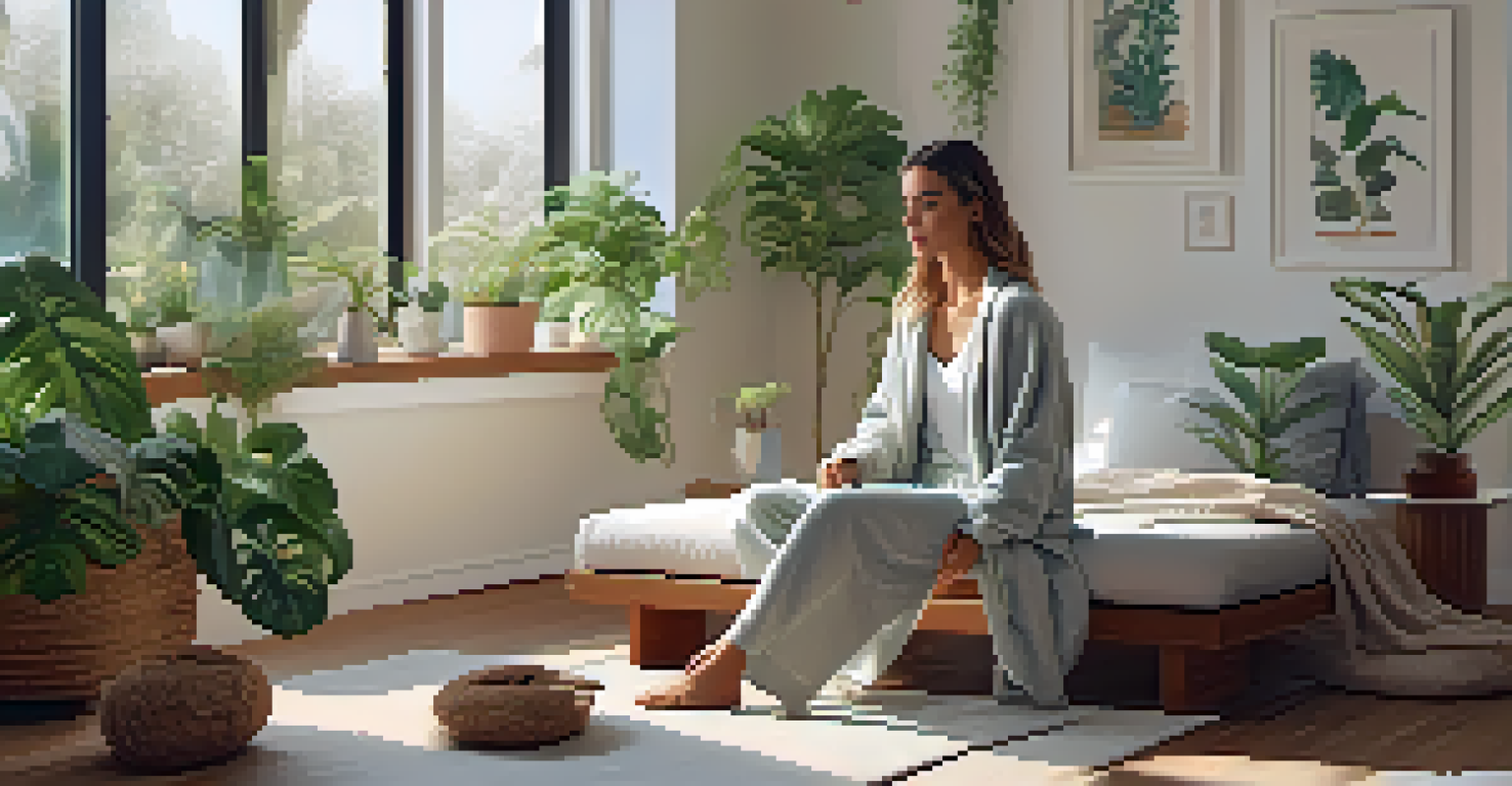Luxury Fashion Market Growth: Key Trends for 2023

Resurgence of In-Person Shopping Experiences
As the world gradually emerges from the pandemic, consumers are craving the tactile experience that comes with luxury shopping. High-end brands are responding by enhancing in-store environments, making them not just places to buy but destinations to experience. Think of it as a mini-vacation where you can indulge your senses and explore the latest collections.
Fashion is the armor to survive the reality of everyday life.
This push towards in-person experiences is about more than just transactions; it’s about creating memorable moments. Brands are hosting exclusive events, offering personalized styling sessions, and even integrating art and culture into their retail spaces. This shift helps forge stronger emotional connections between consumers and brands, making shopping feel special again.
Moreover, the rise of experiential retail is not limited to flagship stores in major cities. Luxury brands are exploring pop-up shops and collaborations in unexpected locations, capturing the attention of a broader audience. This trend not only drives sales but also allows brands to tell their unique stories in compelling ways.
Sustainability: More Than Just a Buzzword
In 2023, sustainability is at the forefront of luxury fashion discussions, evolving from a mere trend to a fundamental principle. Consumers are increasingly seeking brands that prioritize ethical practices, from sourcing materials to labor conditions. This shift is akin to a modern-day treasure hunt, where shoppers look for brands that reflect their values.

Luxury brands are responding by adopting eco-friendly materials and transparent supply chains, transforming their operations to be more sustainable. For instance, many are exploring innovative fabrics made from recycled materials, which not only reduce waste but also provide unique textures and aesthetics. This commitment resonates with a growing demographic of conscious consumers.
In-Person Shopping Revival
Luxury brands are enhancing in-store experiences to create memorable moments and emotional connections with consumers.
Additionally, brands are embracing circular fashion, promoting resale and recycling initiatives. By encouraging customers to participate in a circular economy, luxury brands not only extend the lifecycle of their products but also create a sense of community among their clientele. It’s a win-win situation that emphasizes both style and responsibility.
Digital Transformation in Luxury Shopping
The digital landscape continues to reshape the luxury fashion market in 2023, as brands enhance their online presence to meet evolving consumer expectations. E-commerce has become essential, with luxury consumers seeking seamless online shopping experiences that mimic the elegance of in-store visits. It’s like bringing the boutique vibe to your living room.
Sustainability is no longer about doing less harm. It's about doing more good.
Brands are investing in advanced technologies like augmented reality (AR) and virtual reality (VR) to create immersive experiences that captivate customers. Imagine being able to try on that designer jacket virtually or walking through a digital showroom filled with the latest trends. This innovative approach not only attracts tech-savvy shoppers but also enhances overall customer engagement.
Moreover, social media platforms are playing a pivotal role in shaping purchasing decisions. Influencer collaborations and targeted advertising allow brands to connect with audiences in authentic ways. By leveraging these platforms, luxury brands can tell their stories and showcase their collections, ultimately driving both brand loyalty and sales.
The Rise of Inclusive Luxury Fashion
Inclusivity is becoming a hallmark of luxury fashion in 2023, as brands strive to represent diverse demographics. This means expanding size ranges, incorporating different cultural perspectives, and promoting body positivity. It’s about creating fashion that everyone feels welcome to enjoy, not just a select few.
Many luxury brands are actively collaborating with diverse designers and influencers to ensure a broader representation in their collections. This not only enriches their offerings but also resonates with a wider audience, creating a sense of belonging among consumers. It’s a powerful shift that reflects the changing landscape of society and consumer expectations.
Sustainability in Luxury Fashion
Brands are prioritizing ethical practices and eco-friendly materials, reflecting a shift towards conscious consumerism.
Furthermore, inclusive marketing campaigns are highlighting real people rather than just models, showcasing a variety of shapes, sizes, and backgrounds. This approach fosters authenticity and relatability, encouraging consumers to see themselves in luxury fashion. Ultimately, inclusivity is not just a trend; it’s a necessary evolution in the industry.
Focus on Personalization and Customization
In a world of mass production, luxury consumers are gravitating towards personalization and customization in their fashion choices. Brands are recognizing that today’s consumers desire unique pieces that reflect their individuality. It’s like having a bespoke suit, tailored not just to fit, but to express who you are.
Luxury fashion houses are leveraging data analytics to understand customer preferences and behaviors, allowing them to offer tailored recommendations. This means that when you shop, you’re greeted with options that feel curated just for you. Such personalized experiences not only enhance customer satisfaction but also foster brand loyalty.
Additionally, some brands are even offering customization services, allowing consumers to design their own products or choose specific colors and materials. This level of engagement transforms the purchasing journey into a creative process, making it more enjoyable and meaningful. It’s no longer just about buying; it’s about co-creating.
Emphasis on Wellness and Self-Care in Fashion
The luxury fashion market is increasingly aligning itself with the wellness movement, recognizing that fashion and self-care go hand in hand. Consumers are looking for pieces that not only elevate their style but also promote comfort and well-being. Think of luxurious loungewear that feels as good as it looks.
Brands are responding by designing collections that prioritize comfort without sacrificing style. This includes using soft fabrics, relaxed silhouettes, and versatile pieces that can transition from work to leisure. The idea is to create a wardrobe that supports a balanced lifestyle, making it easier for consumers to feel good in their skin.
Personalization is Key
Consumers are seeking unique, customized fashion pieces that reflect their individuality, prompting brands to tailor their offerings.
Moreover, wellness-focused fashion encompasses mental well-being too. Brands are crafting messages that promote self-love and mindfulness, encouraging consumers to embrace their unique styles. This holistic approach resonates deeply, especially in a world where personal well-being is paramount.
Luxury Collaborations and Limited Editions
Collaborations between luxury brands and other sectors are becoming increasingly popular in 2023, creating unique offerings that capture consumer interest. These partnerships often result in limited-edition collections that generate excitement and urgency among shoppers. It’s like a treasure hunt where you must act fast to snag a sought-after piece.
Such collaborations can range from fashion and art to technology and lifestyle brands, blending different cultural elements into cohesive collections. For example, a luxury handbag brand might partner with an artist to create a one-of-a-kind design. These artistic touches not only enhance the aesthetic appeal but also elevate the brand’s narrative.

Furthermore, limited editions create a sense of exclusivity, driving demand and enhancing brand prestige. Consumers are drawn to the idea of owning something rare, which can also serve as a status symbol. In the world of luxury fashion, these collaborations are a win-win, benefiting both brands and consumers alike.